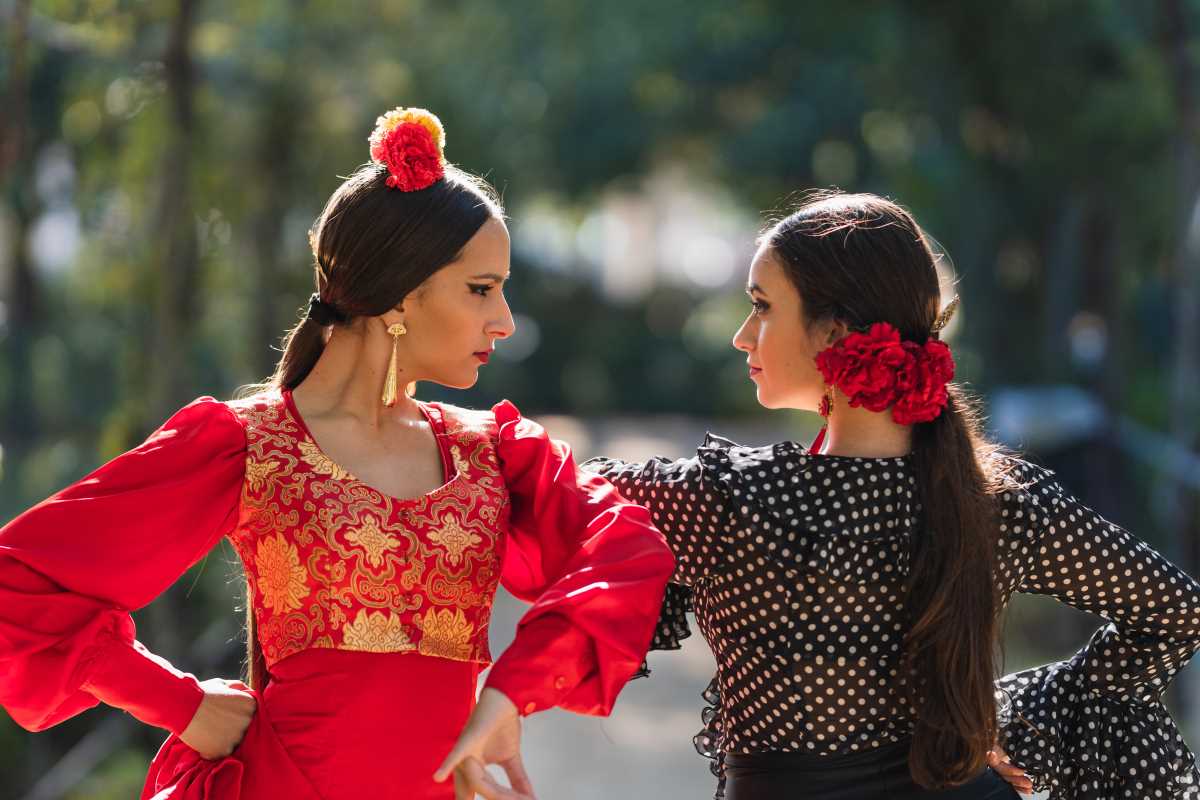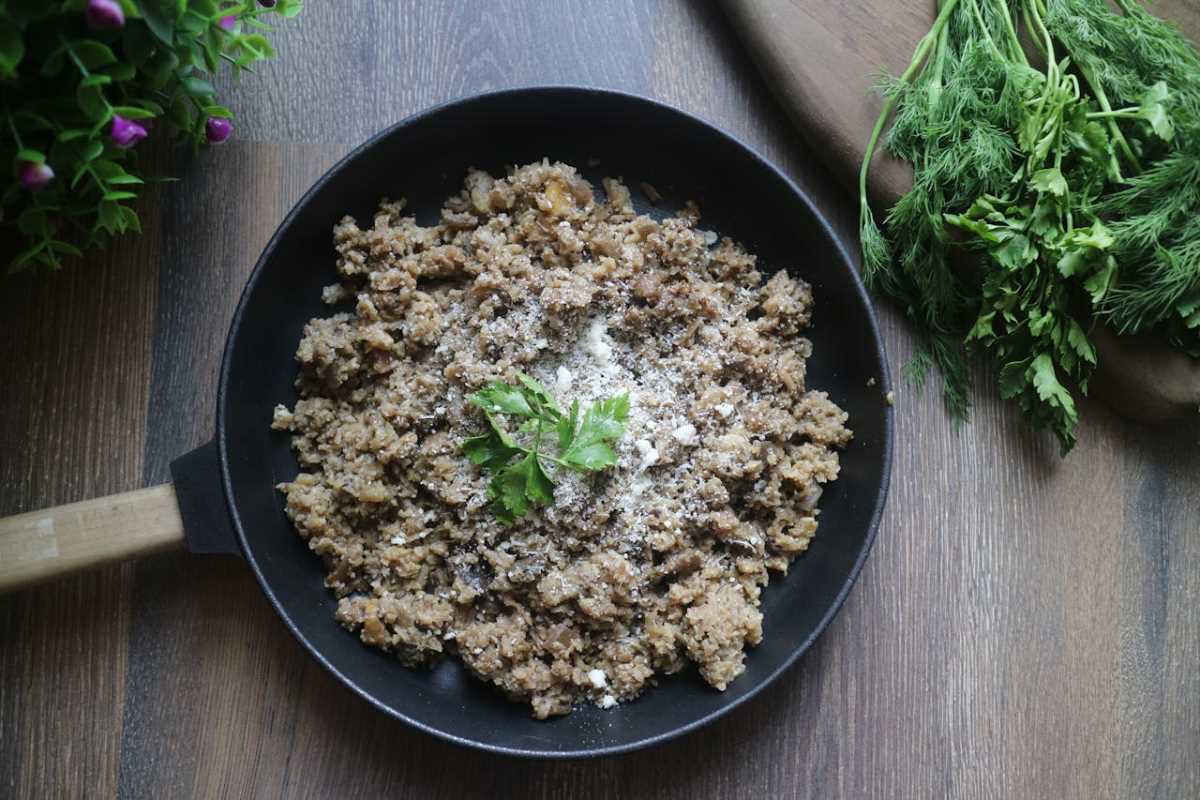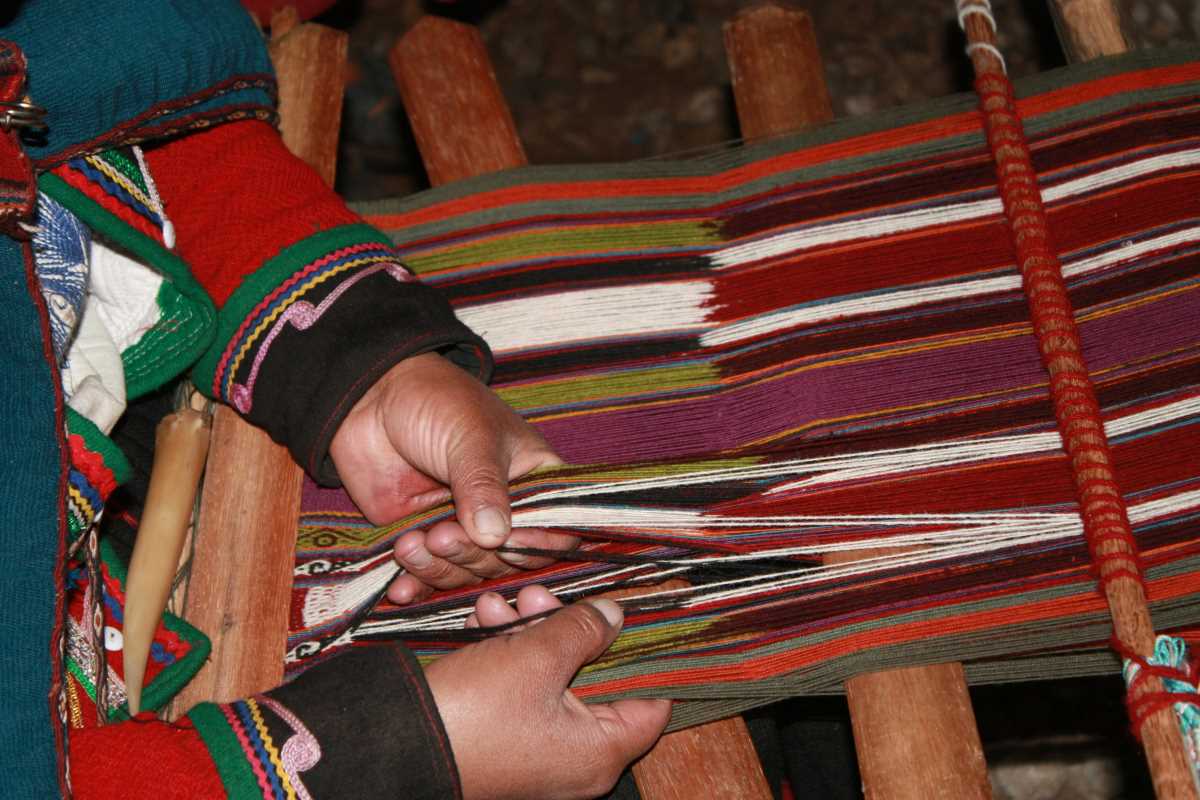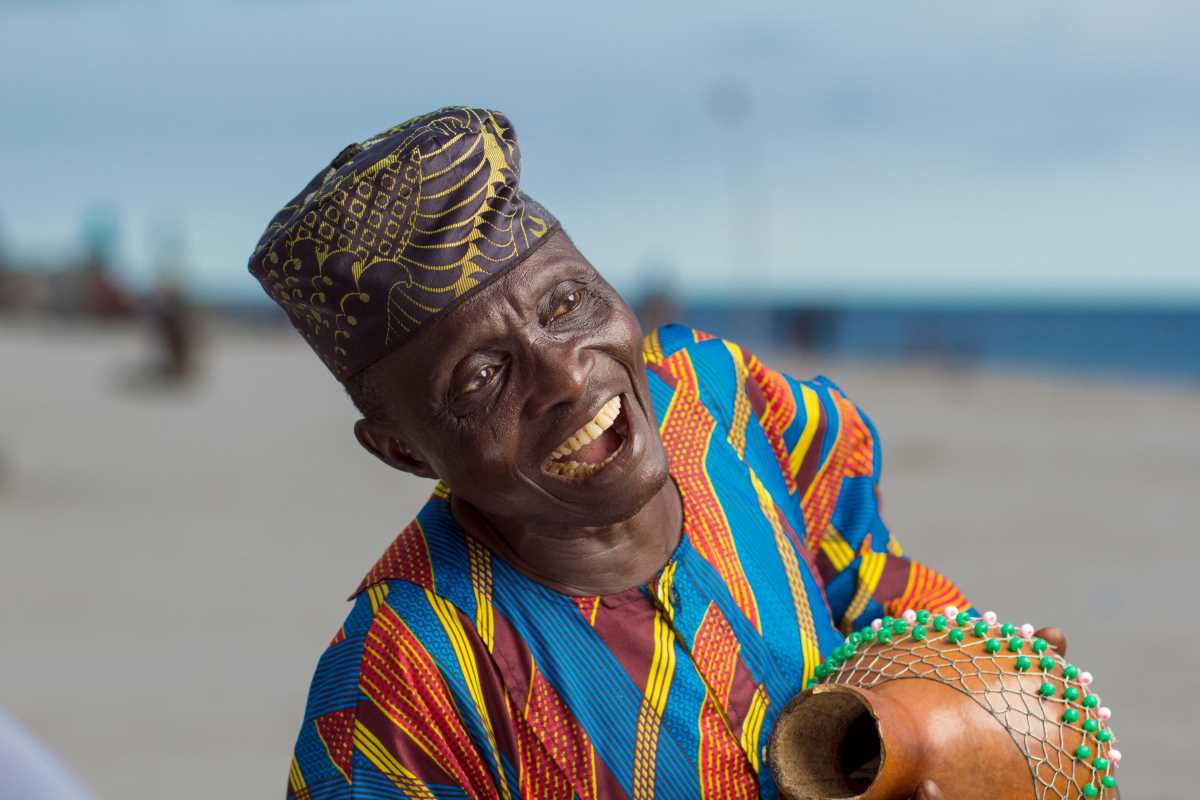Symbolic dance plays a vital role in the cultural fabric of indigenous tribes around the world. These dances serve not merely as forms of entertainment but are deeply intertwined with the tribes' traditions, beliefs, and social structures. By moving rhythmically and embodying stories passed down through generations, indigenous dances preserve the history and identity of each community. The intricate movements and vibrant costumes often hold specific meanings, reflecting the tribe's relationship with nature, spirituality, and communal values.
To understand the significance of symbolic dance, one must delve into the unique practices of various indigenous groups. Each tribe brings its own distinct style and purpose to their dances, illustrating the diverse ways in which human societies express their cultural identities. From ceremonial gatherings to rites of passage, these dances serve multiple functions that reinforce social bonds and transmit cultural knowledge.
The Cultural Significance of Dance in Indigenous Tribes
- Expression of spiritual beliefs and connection to the divine
- Preservation and transmission of oral histories and legends
- Strengthening community bonds and social cohesion
- Rites of passage marking important life events
- Celebration of seasonal changes and agricultural cycles
- Educational tool for teaching younger generations about traditions
Exploring Different Indigenous Dance Traditions
Across continents, indigenous tribes have developed a myriad of dance traditions, each reflecting their unique environment and cultural narratives. In North America, Native American tribes such as the Navajo and Lakota perform dances that honor their ancestors and natural surroundings. The Navajo, for instance, engage in the Yeibichai dance, which aims to bring good fortune and harmony. Similarly, the Maori of New Zealand perform the Haka, a powerful dance that showcases their warrior heritage and communal spirit.
In Africa, tribes like the Maasai and Zulu incorporate dance into their daily lives and significant ceremonies. The Maasai's jumping dance, known as Adumu, displays strength and agility, often performed during the Eunoto ceremony, which marks the transition of young warriors to elders. The Zulu's energetic Indlamu dance, characterized by precise footwork and synchronized movements, serves both as entertainment and a way to maintain cultural pride. These examples illustrate how indigenous dances remain deeply embedded in the social and cultural contexts of their respective communities.
The Historical Evolution of Symbolic Dances
- Pre-Colonial Era: Indigenous dances primarily served for spiritual rituals, storytelling, and community gatherings, reflecting the societies' intimate connection with their environment.
- Colonial Influence: European colonization introduced new religious beliefs and cultural norms, which led to the suppression of traditional dances as colonial authorities often viewed them as pagan or uncivilized.
- Revival Movements: In the late 19th and early 20th centuries, indigenous communities began to revive their dance traditions as a form of resistance and cultural preservation against the pressures of assimilation.
- Modern Adaptations: Contemporary indigenous dances incorporated elements from modern dance forms and global influences while retaining their traditional roots, making them accessible to younger generations.
- Global Recognition: Today, symbolic dances showcase on international platforms, promoting awareness and appreciation of indigenous cultures while also encouraging cultural exchange.
Symbolism and Meaning Behind the Dances
The intricate movements and vibrant attire of indigenous dances are rich with symbolic dance elements that convey profound messages. Each gesture, step, and costume piece is thoughtfully designed to represent aspects of the tribe's beliefs, environment, and history. For example, circles often appear in dances to signify unity and the cyclical nature of life, while specific animal motifs may honor totems or ancestors. The use of colors and patterns in costumes can denote social status, clan affiliation, or spiritual significance.
The interplay of movement and symbolism allows these dances to communicate complex narratives and values without the need for spoken language. Through hidden meanings, dancers embody stories of creation, survival, and moral lessons, ensuring that essential cultural knowledge passes down through generations. This symbolic language of dance serves as a living archive, preserving the collective memory and identity of indigenous peoples.
Modern Challenges and Preservation Efforts
Despite their cultural importance, indigenous dances face numerous challenges in the modern world. Urbanization and globalization have eroded traditional lifestyles, making it difficult for communities to maintain their dance practices. Younger generations may gravitate towards mainstream entertainment, which leads to a decline in participation and interest in traditional dances. Additionally, cultural appropriation and misrepresentation by outsiders can distort the meanings and significance of these dances.
In response to these challenges, many indigenous groups actively work to preserve and revitalize their dance traditions. Efforts include organizing cultural festivals, establishing dance schools, and documenting dance practices through recordings and written records. Collaboration with museums and academic institutions also raises awareness and secures support for preservation initiatives. By encouraging a sense of pride and ownership within their communities, indigenous peoples ensure that their symbolic dances continue to flourish and remain an integral part of their cultural heritage.
The integration of technology has provided new avenues for teaching and sharing traditional dances. Online platforms allow for broader dissemination and engagement, enabling people from different parts of the world to learn about and appreciate indigenous dances. These preservation efforts not only safeguard cultural practices but also promote intercultural understanding and respect.
Preserving symbolic dances remains crucial for maintaining the cultural identity and continuity of indigenous tribes. These dances encapsulate the essence of each community's values, histories, and worldviews, serving as a bridge between past and present. By recognizing and supporting the importance of these cultural practices, society contributes to the resilience and growth of indigenous cultures in an increasingly interconnected world.
The exploration of symbolic dance within indigenous tribes reveals a profound connection between movement, meaning, and cultural identity. These dances represent more than artistic expressions; they serve as vital repositories of tradition and knowledge. As modernization continues to challenge the preservation of these practices, the concerted efforts of indigenous communities and supportive allies remain essential in ensuring that the rich heritage embodied in symbolic dances endures for future generations.
 (Image via
(Image via




.jpg)
